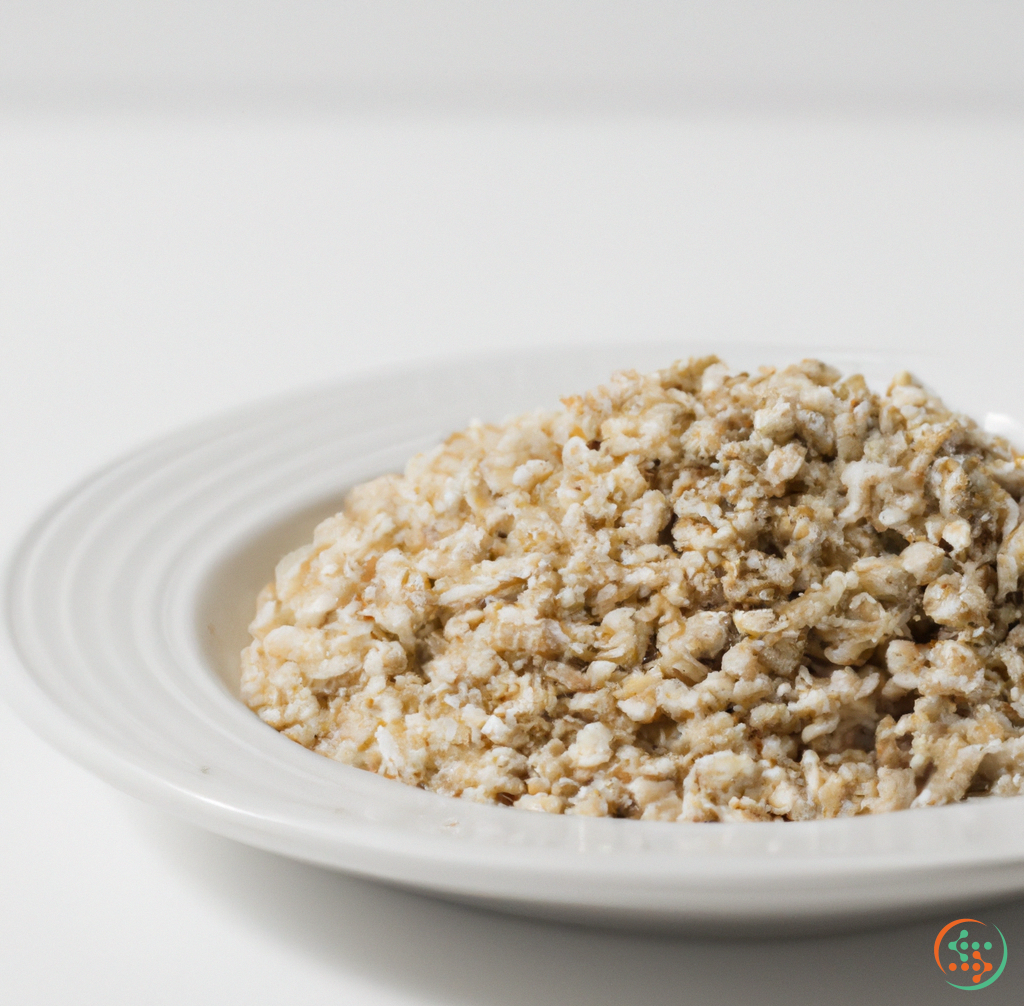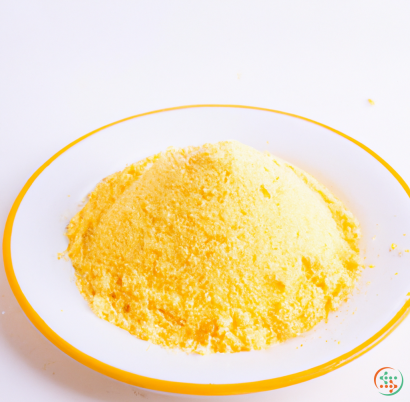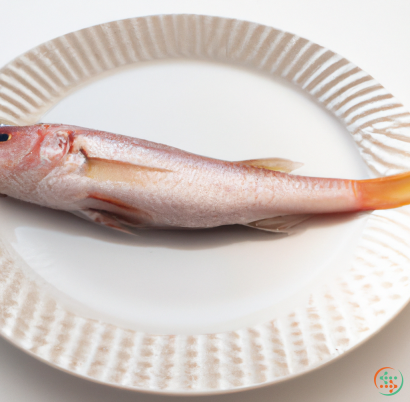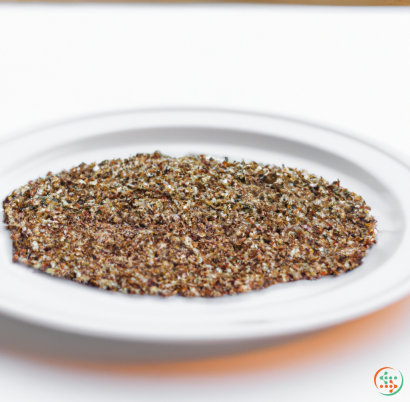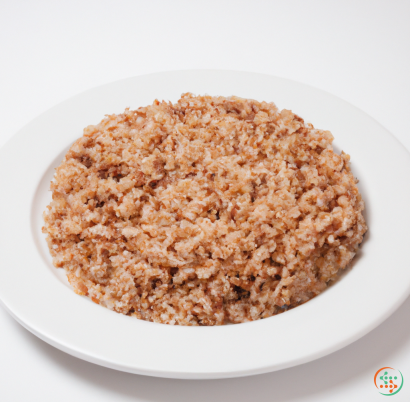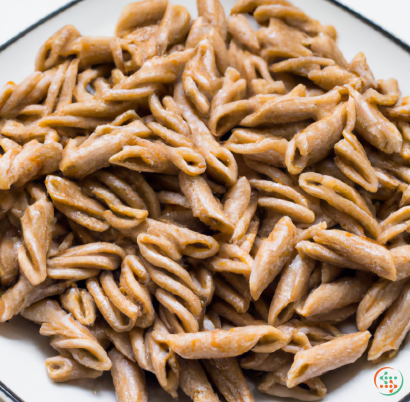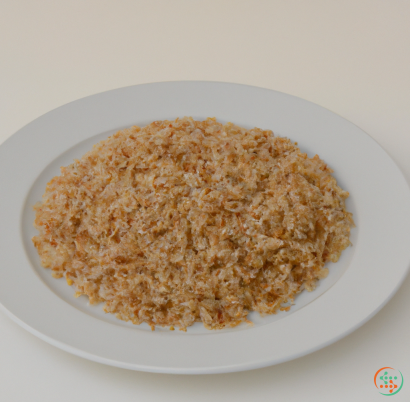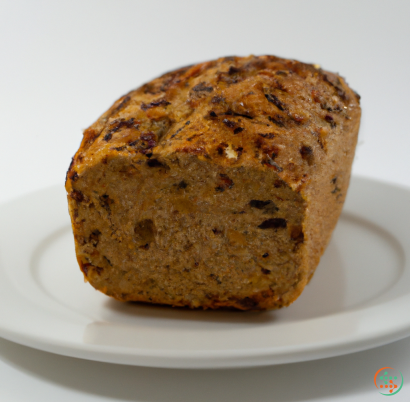Pearl Barley
Pearl barley is one of the most versatile grains on the market, and it is a dietary staple for many people around the world. Despite its extensive popularity, there are some facts about pearl barley that you may not be aware of. In this article, we’ll explore what pearl barley is, explain how it’s produced, and provide some ideas for how to cook with it.
What Is Pearl Barley?
Pearl barley is a type of barley that has been polished, or “pearled,” to remove the outer hull, bran, and germ. As the name suggests, pearl barley has a prominent pearl-like shape and a slightly chewy texture. Compared to hulled barley, which has the hull, bran, and germ intact, pearl barley is easier to cook with and is generally more preferred by consumers. The pearling process also makes the grain much more shelf stable and renders it easily machine-processible.
How Is Pearl Barley Produced?
Pearl barley is produced in a process known as malting. First, malting barley is washed and soaked in clean water, which helps the grain absorb moisture and triggers the germination process. This stage is known as steeping. Next, the steeping grains are allowed to air dry and rest in what is called the germination step, which helps to convert the grain's starches into sugars and make them easier for enzymes to break down during fermentation. Once this process is complete, the grains are heated in kilns to reduce their moisture content and stop the germination process. The grains are then run through a series of pearling machines which use pressure and abrasive rollers to polish them into the smooth, round shape that gives them the pearled look. Finally, the pearled barley is sorted and sized according to its degree of pearling.
The Benefits of Eating Pearl Barley
Pearl barley is loaded with nutrition and has numerous health benefits. It is a rich source of dietary fiber, both soluble and insoluble, which helps regulate digestion, reduce cholesterol, and keep your heart healthy. Pearl barley is also a complete protein and contains all nine essential amino acids necessary for optimal growth and development. Additionally, it is a good source of complex carbohydrates and a wide variety of vitamins and minerals, including iron, magnesium, manganese, zinc, copper, phosphorus, and B vitamins.
Pearl barley also has a low glycemic index, meaning it does not cause sudden spikes in blood glucose levels. This makes it an ideal choice for people with diabetes or anyone looking to manage their blood sugar.
Tips for Cooking with Pearl Barley
Pearl barley is an excellent grain to cook with, as it has great taste, texture, and versatility in recipes. It can be cooked in water, broth or stock, and it only takes around 40 minutes to prepare. You can also cook pearl barley in other liquids such as wine, juice, or beer for added flavor.
Many people enjoy cooking with pearl barley as a breakfast cereal or making it into tasty risottos, salads, soups, and side dishes. If you’re looking for a more exciting dinner option, you can also use pearl barley for stuffed peppers, shepherd’s pies, and lasagnas. For an easy, protein-packed snack, try making oven-baked pearl barley cakes. Not only are they delicious and nutritious, but they are also incredibly simple to make.
Pearl barley is a fantastic grain that is incredibly nutritious, versatile, and easy to cook with. Its high nutritional value makes it a great choice for those looking to add whole grains to their diet. Whether you are looking for a healthy breakfast option, side dish, or snack, pearl barley offers a wide range of delicious recipes that will appeal to everyone.
Introduction
Pearl barley is one of the most popular and widely consumed grains in the world. The grain itself comes from a cereal grass, usually cultivated in temperate regions, and is believed to have been around for thousands of years. Though nowadays it’s often associated with meals like stews and porridge, pearl barley was once the staple food of many ancient cultures. There’s a lot of science and history behind how pearl barley is created and travels from the field to a dinner plate. This blog post will explain in detail the journey of pearl barley from the field to the dinner plate.
The Growing and Harvesting of Pearl Barley
Pearl barley is grown in temperate regions with climates that have warm summers and cold winters. It must be planted during the late spring in order to germinate properly, typically in May or June depending on the region. Once planted, it takes about a month for the barley to reach the “baby” stage and just over two months for it to reach maturity. During this time, the barley is kept well-watered and protected from pests, diseases, and extreme weather.
Once mature, the grain is harvested and placed in large bales. From here it is brought to a malt house, where the cleaning and milling process begins. The first step of this process involves removing any unwanted material such as dirt and rocks. This is done with a combination of screens and a grain cleaner. Once the grain has been cleaned, it is sent to a roller mill, where it is crushed and passed through adjustable-width plates to create pearl barley. The width of the plates is what gives pearl barley its distinctive shape.
During the milling process, the pearl barley is also sorted into different grades. Grade 1 is the most desirable, since it produces the highest quality pearl barley.
The Brewing of Pearl Barley
After milling, the pearl barley is shipped off to a brewery. This is where the mysterious process of converting the grain into malt begins. The first step of the process involves soaking the barley in water, which helps to provide the grain with the necessary moisture it needs to turn the starches inside the grain into sugars. This soak is typically carried out for around thirty-six hours at a temperature of 64 degrees Celsius.
After the soak, the barley is transferred to germination tanks. Here, the temperature is increased to 20 degrees Celsius and the barley is constantly aerated with carbon dioxide. After anywhere between three to five days, the enzyme level in the barley will have increased enough for it to be considered “malted”. Once the barley has been malted, it is taken to a kiln to be dried. During this phase, the barley is heated to a temperature between 55-65 degrees Celsius, which helps to stop the germination process.
The Making of Beer with Pearl Barley
Once the barley is fully cooked, it’s ready to be used to brew beer. The barley is first crushed, which helps to break down the grain and make it easier to malt. The mash is then transferred to a mash tun, where it is mixed with hot water. This mixture is called “wort”, and is used to extract sugars from the grain. The wort is then boiled and hops are added to give the beer its bitterness.
Once the wort has been boiled, it is cooled to a temperature of 20 degrees Celsius or lower. Then, it is transferred to a fermenter, where yeast is added to cause fermentation. This fermentation is what creates the alcohol in beer. After fermentation, the beer is usually filtered and then bottled. The beer can be further aged and conditioned if desired, but this process is usually skipped when making beer with hulled barley.
The End Product
The process of creating pearl barley is quite complex, but the end result is a highly nutritious and delicious grain that can be used in a variety of meals. Pearl barley is a great source of iron, calcium, and dietary fiber, and is also known to be lower in gluten than other grains. It can be used in soups, salads, stews, curries, pilafs, and risottos, making it a very versatile grain for your culinary needs.
Conclusion
Pearl barley is an ancient yet nutritious grain that is enjoyed all over the world. The science behind its journey from the field to a dinner plate is very intricate and involved. This blog post has taken a detailed look at how pearl barley is grown, harvested, and processed to make the yummy products found in grocery stores today. So next time you’re cooking up a delicious pearl barley recipe, remember all the physics, biology, chemistry, and history that went into creating such a wonderful grain.
| Beta-Carotene | 0.005 mg | |
| Vitamin E | 0.01 mg | |
| Vitamin K | 0.8 ug | |
| Vitamin B1 | 0.08 mg | |
| Vitamin B2 | 0.06 mg | |
| Vitamin B3 | 0.00206 grams | |
| Vitamin B4 | 0.0134 grams | |
| Vitamin B5 | 0.14 mg | |
| Vitamin B6 | 0.12 mg | |
| Vitamin B9 | 0.016 mg |
| Calcium | 0.011 grams |
Daily Value 1.3 g
|
| Iron | 0.00133 grams |
Daily Value 0.018 g
|
| Magnesium | 0.022 grams |
Daily Value 0.4 g
|
| Phosphorus | 0.054 grams |
Daily Value 1.25 g
|
| Potassium | 0.093 grams |
Daily Value 4.7 g
|
| Sodium | 0.003 grams |
Daily Value 2.3 g
|
| Zinc | 0.82 mg |
Daily Value 0.011 g
|
| Copper | 0.11 mg |
Daily Value 0.9 mg
|
| Manganese | 0.26 mg |
Daily Value 0.0023 g
|
| Selenium | 0.0086 mg |
Daily Value 0.055 mg
|
| Tryptophan | 0.038 grams | |
| Threonine | 0.077 grams | |
| Isoleucine | 0.083 grams | |
| Leucine | 0.154 grams | |
| Lysine | 0.084 grams | |
| Methionine | 0.043 grams | |
| Cystine | 0.05 grams | |
| Phenylalanine | 0.127 grams | |
| Tyrosine | 0.065 grams | |
| Valine | 0.111 grams | |
| Arginine | 0.113 grams | |
| Histidine | 0.051 grams | |
| Alanine | 0.088 grams | |
| Aspartic Acid | 0.141 grams | |
| Glutamic Acid | 0.591 grams | |
| Glycine | 0.082 grams | |
| Proline | 0.269 grams | |
| Serine | 0.095 grams |
| Total Sugars | 0.3 grams |
per 100g
|
| Palmitic acid (16:0) | 0.08 grams |
|
| Total Saturated fatty acids: | 0.08 g | |
| Oleic acid (18:1) | 0.05 grams |
|
| Total Monounsaturated fatty acids: | 0.05 g | |
| Linolenic acid (18:3) | 0.02 grams |
|
| Linoleic acid (18:2) | 0.19 grams |
|
| Total Polyunsaturated fatty acids: | 0.21 g | |
